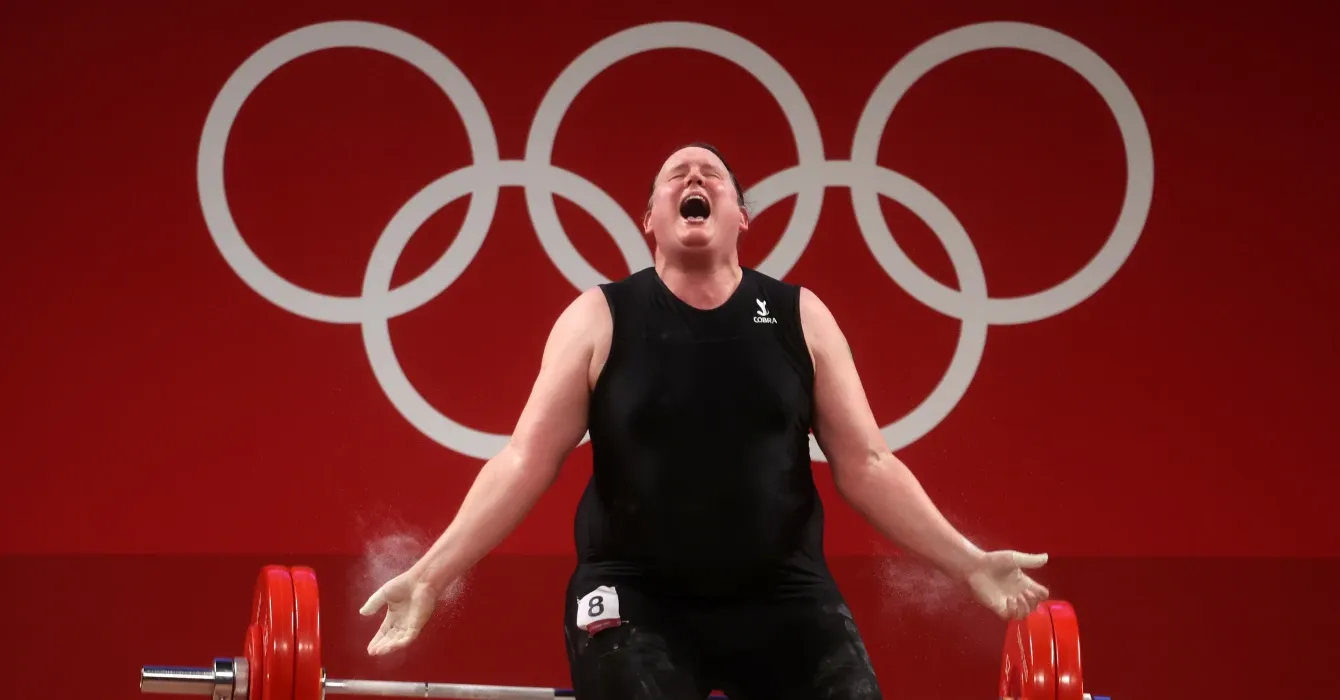The recent appearance of transgender athlete Laurel Hubbard in the Tokyo Olympics has sparked a debate on whether or not transgender athletes have an advantage in sports. It has been argued by many that IOC’s benchmark of 12 months after hormone therapy is not enough to take away the strength of a male body from a trans women athlete. Hence, while competing with cisgender women athletes, trans women hold an unfair advantage.
In this piece, we’ll attempt to answer the question. Do transgender athletes have an unfair advantage in sports? – with the help of scientific studies.
Criteria set by Different Sporting Bodies
International Olympic Committee (IOC)
According to the IOC’s set criteria for transgender athletes, there is no condition for the female to male transgender athletes to compete in the men’s category. On the other hand, male to female transgender athletes, the IOC requires athletes to have a serum testosterone level not more than 10 nmol/L. This level of testosterone must be maintained for at least 12 months prior to the first competition (article).
The Union Cyclist International (UCI)
The conditions laid down by the UCI for the women’s category is more restrictive as they require a total testosterone level of less than 5 nmol/L. Like the IOC, they too demand that the required testosterone level must have been maintained for 12 months prior to the eligibility date.
Do Trans Women Athletes have an Advantage?
The question that arises here is whether the serum testosterone level is the only way to determine the advantage/disadvantage that different genders have in sports. Even if it is the only criteria, the cis women athletes are still at a disadvantage while competing with transwomen as the normal level of serum testosterone for cis women is 0.5-2.5 nmol/L. Hence, trans women athletes are allowed to compete with a higher serum testosterone level than cisgender women, which many view as a clear advantage.
Four Primary Questions
- Which principle do we value more: fairness or inclusiveness?
- Is testosterone levels the only criteria to measure athletic advantage?
- Does the reduction in testosterone level through hormone therapy eliminate athletic advantage?
- At what time the athletic advantage of trans women athletes is lost after the therapy?
What Does The Science Say?
Although the scientific research is quite limited, the existing ones assist in giving us a broader apprehension of the topic. Below I’ve cited a number of research articles along with their stance on whether trans women athletes have an advantage in sports or not.
- A recent study by Joanna Harper, who herself is a transgender athlete asserted that there are a number of other elements encompassing technique, and hand-eye coordination that also impact athletes’ performance. Her research also found a decrease in lean body mass, muscular strength and other related parameters in the transitioned female body. However, the course of time in which these changes occurred varied from person to person. Harper’s research concluded that “strength may be well preserved in transwomen during the first 3 years of hormone therapy.” (article)
- An article by Dr. Timothy reveals that even after a year of hormone therapy that decreases testosterone levels, cisgender women were outperformed in sports by trans women. However, after two years, the difference narrowed considerably, yet it was prevalent. (article)
- An article titled, “Transgender Women in the Female Category of Sport: Perspectives on Testosterone Suppression and Performance Advantage” maintains that even after hormone therapy trans women have a biological advantage over cis women, which also reflects in strength-based sports. (article)
- Another research found that male to female transitioned US military personals had a clear advantage over cis women military personals even after a year of feminising hormone therapy.
- The final study that attempted to evaluate the effects of gender-affirming treatment on muscle functioning within the first 12 months after the therapy indicated results similar to the above studies. (article)
Conclusion
First, it is essential to clarify that between fairness and inclusiveness, what we value more. If it is inclusiveness, the whole debate is pointless. However, if we’re looking to achieve fairness along with inclusiveness, this debate is of great significance.
In the case of a female-to-male transitioned trans athlete, there is no advantage at all. But when it comes to the male to female transitioned athletes, all of the above studies point out in the same commentary that transwomen may hold an advantage over cisgender women for some years following their therapy.
It’s understood that even after three years of hormone therapy, strength, lean body mass, and muscle area of transwomen remained greater than cis women, hence they preserve an advantage.







